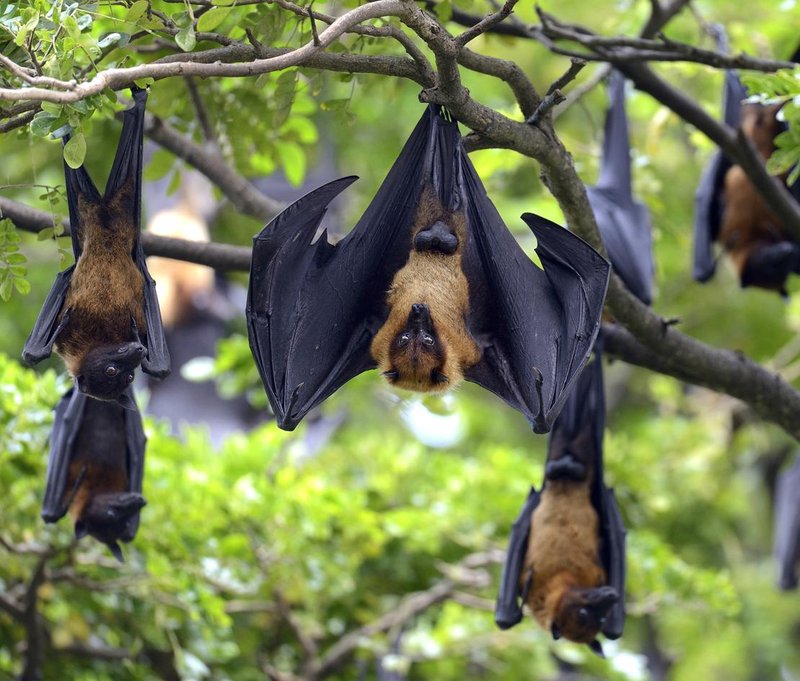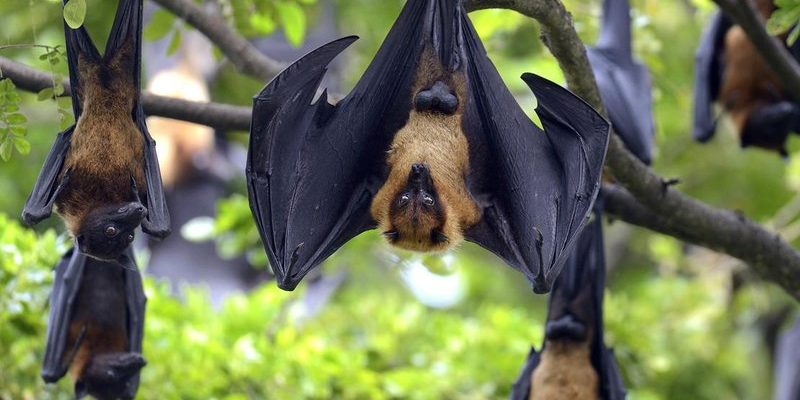
When we think about bats, we might picture Dracula or some creepy horror film. But bats are more than just spooky creatures—they play critical roles in our ecosystem, from controlling pest populations to pollinating plants. However, it’s essential to understand the potential risks they pose to humans, especially with certain species that can spread diseases. Let me explain what you need to know about bats and their relationship with us.
What Makes Bats Unique?
Bats are fascinating mammals that belong to the order Chiroptera, meaning “hand-wing.” They’re the only mammals capable of true flight, which makes them quite unique in the animal kingdom. There are over 1,400 species of bats, and they come in various sizes and colors. Some are tiny, weighing just a few grams, while others, like the flying fox, can have a wingspan of up to six feet!
Let’s talk about how they navigate and hunt. Bats use a technique called echolocation. It’s like having a built-in sonar system. They emit sounds that bounce off objects in their environment, helping them locate prey and avoid obstacles. Isn’t that cool? This ability allows them to fly around even in complete darkness.
Do Bats Carry Diseases?
You might be wondering about the health risks associated with bats. The truth is, bats can carry several diseases, but it doesn’t mean every bat is a threat. One of the most well-known diseases associated with bats is rabies. Rabies is a viral infection that can be deadly if not treated promptly. While only a small percentage of bats may carry the rabies virus, it’s still essential to be cautious.
Another disease linked to bats is histoplasmosis, a fungal infection that can affect the lungs. This illness is primarily caused by inhaling spores from bat droppings, also known as guano. Though rare, it’s a reminder that it’s best to avoid disturbing bat habitats or coming into close contact with them.
When Are Bats Most Active?
Bats are primarily nocturnal, meaning they’re most active during the night. They usually come out at dusk to hunt for insects and can consume up to 1,000 mosquitoes in an hour. It’s like having a natural pest control service right in your backyard!
What does this mean for humans? If you’re out at night, especially in areas where bats are known to roost, it’s wise to take precautions. Avoid disturbing them, as they can be protective of their roost sites. Understanding bat behavior and activity patterns can help you coexist with these creatures while minimizing any potential risks.
How to Stay Safe Around Bats
Staying safe around bats is all about being aware and respectful of their space. Here are some practical tips to keep in mind:
- Avoid contact: If you see a bat on the ground or behaving strangely, don’t approach it. Contact your local wildlife agency for assistance.
- Secure your home: Ensure that your attic and other entry points are sealed to prevent bats from roosting in your house.
- Be cautious during outbreaks: In areas with reported rabies cases, particularly in wildlife, be extra vigilant.
- Educate yourself: Understanding bats and their behavior can help eliminate unnecessary fear. The more you know, the safer you’ll be.
The Importance of Bats in the Ecosystem
While concerns about bats are valid, it’s essential to remember how vital these creatures are to our environment. Bats contribute to pest control, pollination, and seed dispersal. For instance, many plants rely on bats for pollination, including some species of cacti and tropical fruit trees.
By controlling insect populations, bats help reduce the need for pesticides, which can be harmful to our health and the environment. So, while we might worry about the dangers bats pose, they also offer significant benefits that we should appreciate.
What to Do If Bitten or Scratched
If you happen to get bitten or scratched by a bat, don’t panic. Here’s what you should do:
1. Wash the wound immediately: Use soap and water to cleanse the area thoroughly.
2. Seek medical attention: Visit a healthcare provider as soon as possible. They can evaluate your situation and determine if rabies post-exposure prophylaxis is needed.
3. Report the incident: If the bat was found in a public area, let your local wildlife agency know. They can help assess the risk to others.
Taking these steps can help ensure your safety and the safety of others.
In Conclusion
So, can bats be dangerous to humans? The answer isn’t a straightforward yes or no. While there are potential risks, understanding and respecting these creatures can help you coexist with them safely. Remember, bats are beautiful, beneficial animals that play a crucial role in our ecosystem. By taking precautions and educating ourselves, we can appreciate their uniqueness without unnecessary fear.

